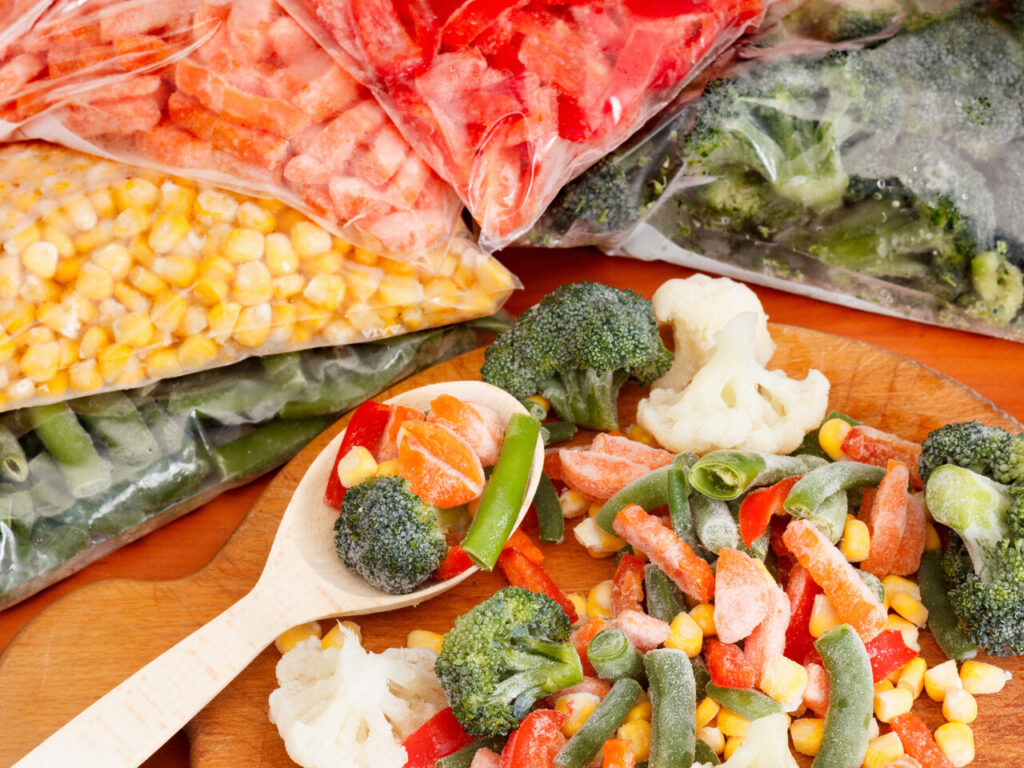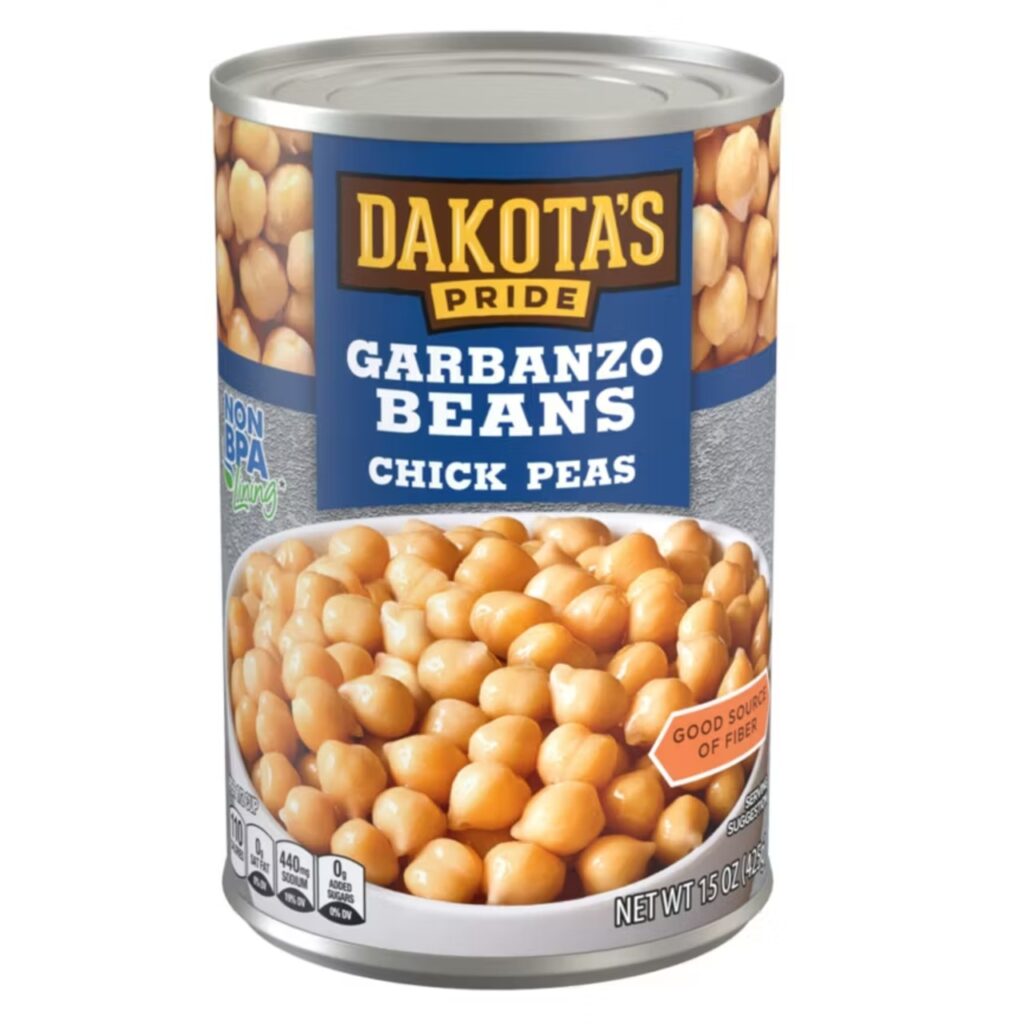10 Affordable Grocery Swaps That Make Fall Dinners Taste Restaurant-Quality

Fall dinners don’t have to break the bank to taste like they came from a restaurant. With a few smart grocery swaps, you can transform everyday ingredients into rich, flavorful meals. Leaner proteins, seasonal produce, and pantry staples like dried herbs or canned tomatoes can elevate simple recipes while keeping costs in check. These swaps save time, reduce waste, and allow you to enjoy hearty, comforting fall meals without sacrificing quality or flavor.
1. Swap Heavy Cream for Greek Yogurt or Cottage Cheese

Here’s the thing: heavy cream gives sauces, soups, and mashed dishes that silky, indulgent texture, but it’s expensive and high in fat. Greek yogurt or cottage cheese can deliver similar creaminess while keeping calories and costs in check. Blended cottage cheese becomes smooth and rich, perfect for mac and cheese or creamy soups. Greek yogurt adds tang and body, making it ideal for sauces or baked goods. Both options bring protein, calcium, and probiotics, letting your fall meals feel decadent without overloading on fat or spending extra. You can even mix yogurt with a bit of milk to approximate cream for soups, giving a balanced texture that elevates everyday recipes.
2. Use Frozen Vegetables Instead of Fresh

Frozen vegetables often get a bad rap, but they’re frozen at peak ripeness, which locks in both flavor and nutrients. That means peas, corn, spinach, and green beans often taste better than off-season fresh produce, and they’re available year-round. Frozen veggies are convenient, last much longer than fresh, and eliminate the stress of spoilage. Roasting, sautéing, or steaming frozen vegetables can create dishes that feel seasonal and fresh while keeping costs low. In soups, casseroles, and stir-fries, they maintain texture and color, so your meals look and taste restaurant-quality. Using frozen also encourages portion control and reduces food waste, making them a smart, sustainable swap.
3. Replace Bacon with Smoked Paprika or Liquid Smoke

Bacon adds a smoky, savory punch to dishes, but it can be pricey and high in saturated fat. Smoked paprika or liquid smoke can deliver similar depth of flavor without the extra calories or cost. Just a small amount can infuse soups, stews, roasted vegetables, or beans with that characteristic smoked aroma. These pantry staples last indefinitely, making them convenient and versatile. The smoky undertone enhances dishes in unexpected ways, creating complexity that makes weeknight dinners feel more elevated. This swap also makes meals lighter, letting the natural flavors of your ingredients shine while keeping the dish indulgent enough for a restaurant-quality feel.
4. Choose Ground Turkey Over Ground Beef

Ground turkey is lean, affordable, and incredibly versatile, making it an excellent alternative to ground beef. It absorbs spices and sauces beautifully, allowing you to create hearty chili, tacos, meatballs, or pasta sauces without the heavy fat content of beef. Using turkey reduces saturated fat intake while still providing plenty of protein and a satisfying mouthfeel. Its neutral flavor acts as a blank canvas for bold herbs, garlic, and spices, letting you craft complex, flavorful dishes without breaking the bank. For fall dinners, turkey works especially well with roasted vegetables, warm grains, and aromatic seasonings. It stretches further per dollar than beef, making it perfect for family meals and meal prep.
5. Opt for Store-Brand Broths Instead of Gourmet Brands

Store-brand broths offer the same foundational flavor for soups, stews, risottos, and sauces as premium brands but at a fraction of the cost. Choosing unsalted or low-sodium versions lets you control the seasoning precisely while retaining rich depth. Broth is the backbone of many fall dishes, and using a cost-effective option allows you to simmer vegetables, beans, or grains without sacrificing taste. You can even concentrate flavors by reducing the broth slightly during cooking. Store-brand broths last longer than fresh stocks, reduce food waste, and make it easier to cook a restaurant-quality meal at home without expensive ingredients.
6. Incorporate Canned Beans Instead of Meat

Canned beans are affordable, nutrient-dense, and incredibly versatile. They provide plant-based protein, fiber, and minerals, making them a great substitute for meat in chili, soups, tacos, or casseroles. Beans absorb flavors from herbs, spices, and sauces, creating satisfying textures that mimic the heartiness of meat without the higher cost or fat content. Using beans also stretches meals further, reducing grocery bills. For busy fall nights, beans save time since they’re pre-cooked and easy to incorporate. Their versatility allows you to make balanced, filling dishes that feel indulgent yet are budget-friendly.
7. Use Sweet Potatoes Instead of Regular Potatoes

Sweet potatoes bring natural sweetness and earthy richness to any dish, transforming fall meals without needing elaborate preparation. They are full of beta-carotene, fiber, and essential vitamins while costing about the same as regular potatoes. Roasting, mashing, or adding them to soups and stews enhances flavor complexity and color. Sweet potatoes pair beautifully with cinnamon, nutmeg, or savory spices, giving a restaurant-quality finish. The versatility makes them suitable for both sides and main dishes, elevating ordinary dinners. Their nutritional value and appealing texture make them a smart swap that’s visually and gastronomically satisfying.
8. Replace Fresh Herbs with Dried Versions

Fresh herbs are often expensive, seasonal, and perishable, whereas dried herbs are affordable, shelf-stable, and just as flavorful when used correctly. Slow-cooked dishes like stews, roasts, and sauces benefit from the slow release of aroma and flavor that dried herbs provide. Dried basil, thyme, oregano, and rosemary can transform simple ingredients into a complex, restaurant-quality dish. With a small amount, you can enhance flavor without overwhelming the meal. This swap reduces waste, stretches your grocery budget, and allows for consistent, flavorful results throughout the fall season.
9. Choose Whole Grains Over Refined Grains

Whole grains like brown rice, quinoa, barley, and farro add texture, nutrition, and satiety that refined grains cannot match. They’re rich in fiber, minerals, and vitamins, making meals healthier and more filling. Whole grains absorb sauces and seasonings beautifully, adding depth to soups, bowls, and roasted vegetable dishes. They also bring a nutty, hearty flavor that makes weekday dinners feel thoughtfully prepared. Using whole grains elevates ordinary meals into satisfying, restaurant-quality dishes, providing a foundation that complements proteins and vegetables perfectly while supporting long-term health.
10. Use Canned Tomatoes Instead of Fresh

Canned tomatoes are a cost-effective and flavor-concentrated alternative to fresh, especially when tomatoes are out of season. They provide consistent taste and richness in sauces, soups, and stews, often surpassing the flavor of fresh off-season tomatoes. Choosing no-salt-added or organic options ensures you control seasoning and nutrition. Canned tomatoes allow for quick, reliable meal prep without sacrificing depth of flavor. Simmering them releases natural sweetness and umami, enhancing pasta sauces, chili, and casseroles. This simple swap is both budget-friendly and transformative for weekday and seasonal meals.





